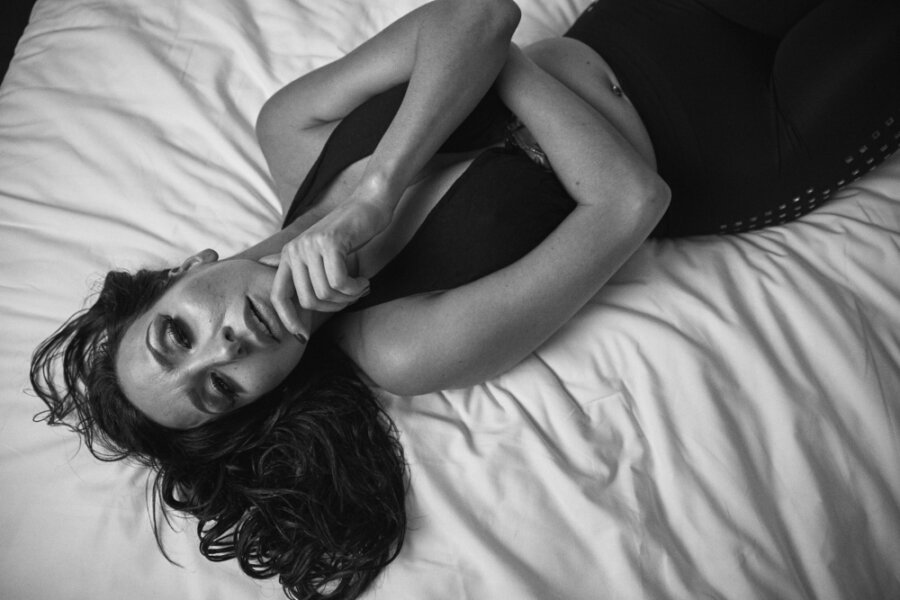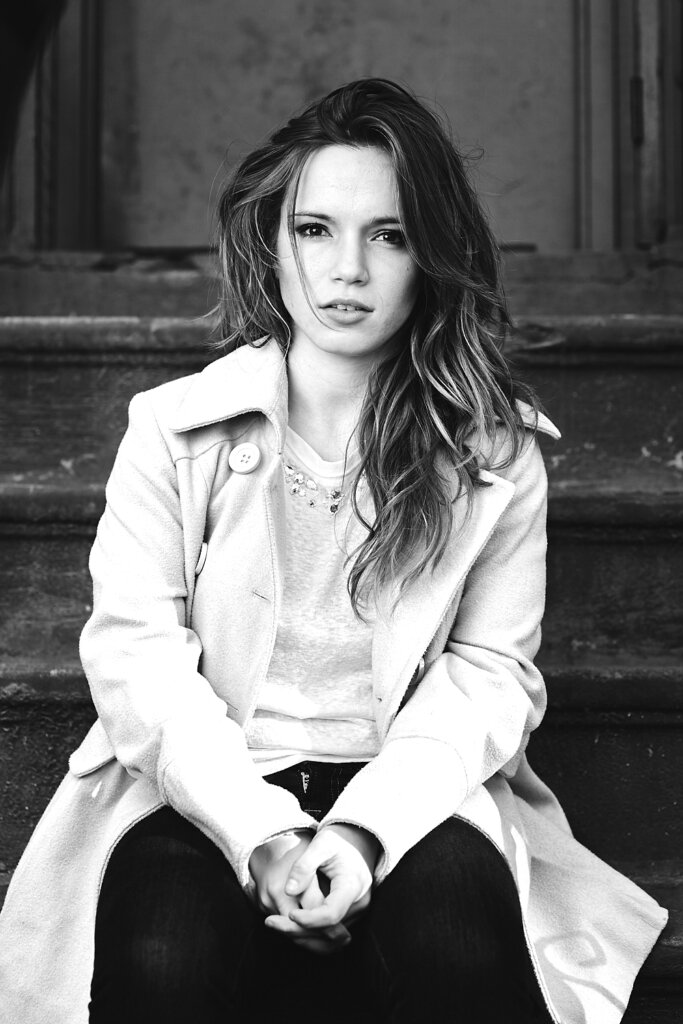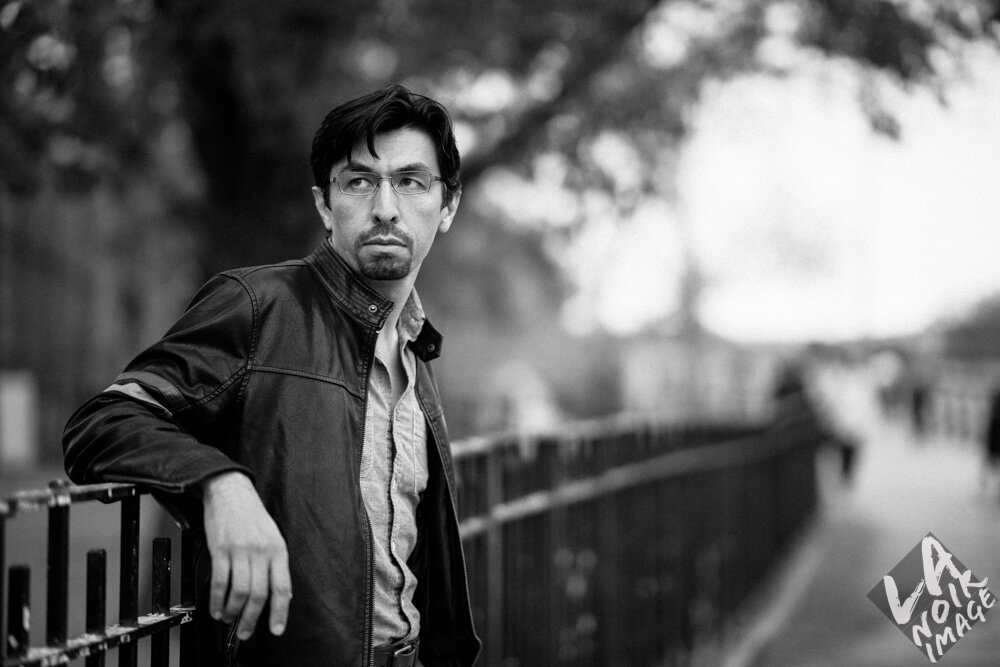How to Shoot Better Black and White Portraits With Natural Light (Premium)
Keep Your Colors in the Scene Separate; They’ll Translate Into Different Tones
Yes, I’m talking about color here but colors translate into tones and shades when you convert to black and white or shoot in black and white. Let’s look at it this way: photographer Steve McCurry often shot with three primary colors in his scenes: the skin tones, the clothing and the background. Each of those colors were far enough from each other in the ROYGBIV spectrum. So when you work in black and white, you’ll often need to make sure that this works accordingly. Let’s delve into a few examples:
- Dark skin, which becomes orange typically
- Green background
- Red or Blue clothing depending on the lighting
That’s one example, but let’s look at another
- Light skin, which becomes orange and yellow with tinges of red
- Blue background
- Green clothing
Green is typically the middle color and it’s often the most versatile when it comes to natural light portraiture. Lucky for you, grass and trees tend to be abundant.
Meter for the Skin
With Aperture priority, most cameras are often set to evaluative metering. But what I think is best when it comes to black and white portraiture is to meter for the skin of the subject. Whether you’re a stop +/- is totally up to you though. Metering for the skin can be done via spot metering, then locking the exposure, and refocusing. Of course, you can also simply just fix this by using manual exposure mode. Yes, that means you need to come off of aperture priority; and that will help.
You Don’t Need the Golden Hour
Now here’s my absolute favorite thing about black and white portraiture; you don’t need the Golden Hour. Good portraiture in and of itself doesn’t need the Golden Hour but even less so when it comes to black and white. You can simply go outside and shoot based on how the scene looks and what sort of mood you’re going for. Shooting in mid-day sun is perfectly fine. Hard shadows, though they aren’t always the most flattering with mid-day light, tend to look just fine with black and white.
Use Shadows To Your Advantage
If you’re still looking for that soft lit look, then be on the search for natural shadows. For example:
- Tree coverage
- Awnings
- Buildings
- Tarps
- Cars
Whatever you can do to control the light, do it.
Get a Softer Rendering Lens
Last quick tip that you’ve probably never heard: get a softer rendering lens. The reason for this is because when you shoot in color, the sharpness tends to be hidden amongst the colors. But with black and white, the contrast tends to pop a whole lot more and the images look a lot sharper. Moose Peterson says that the deeper your black levels are the sharper the images will look. Nowhere is that more true than with black and white photography.


